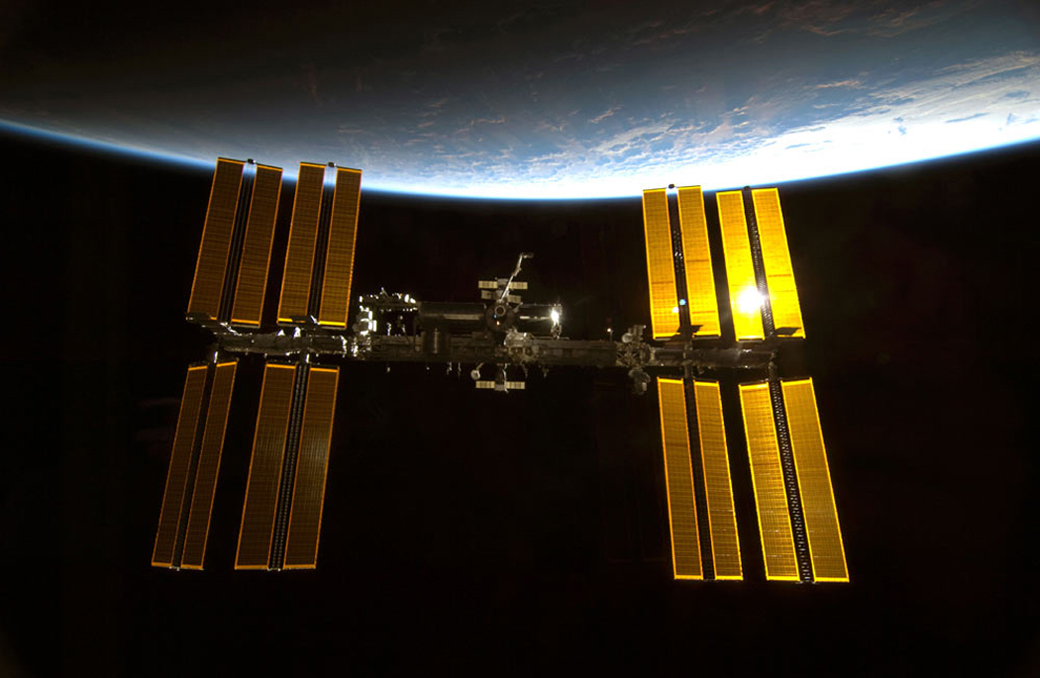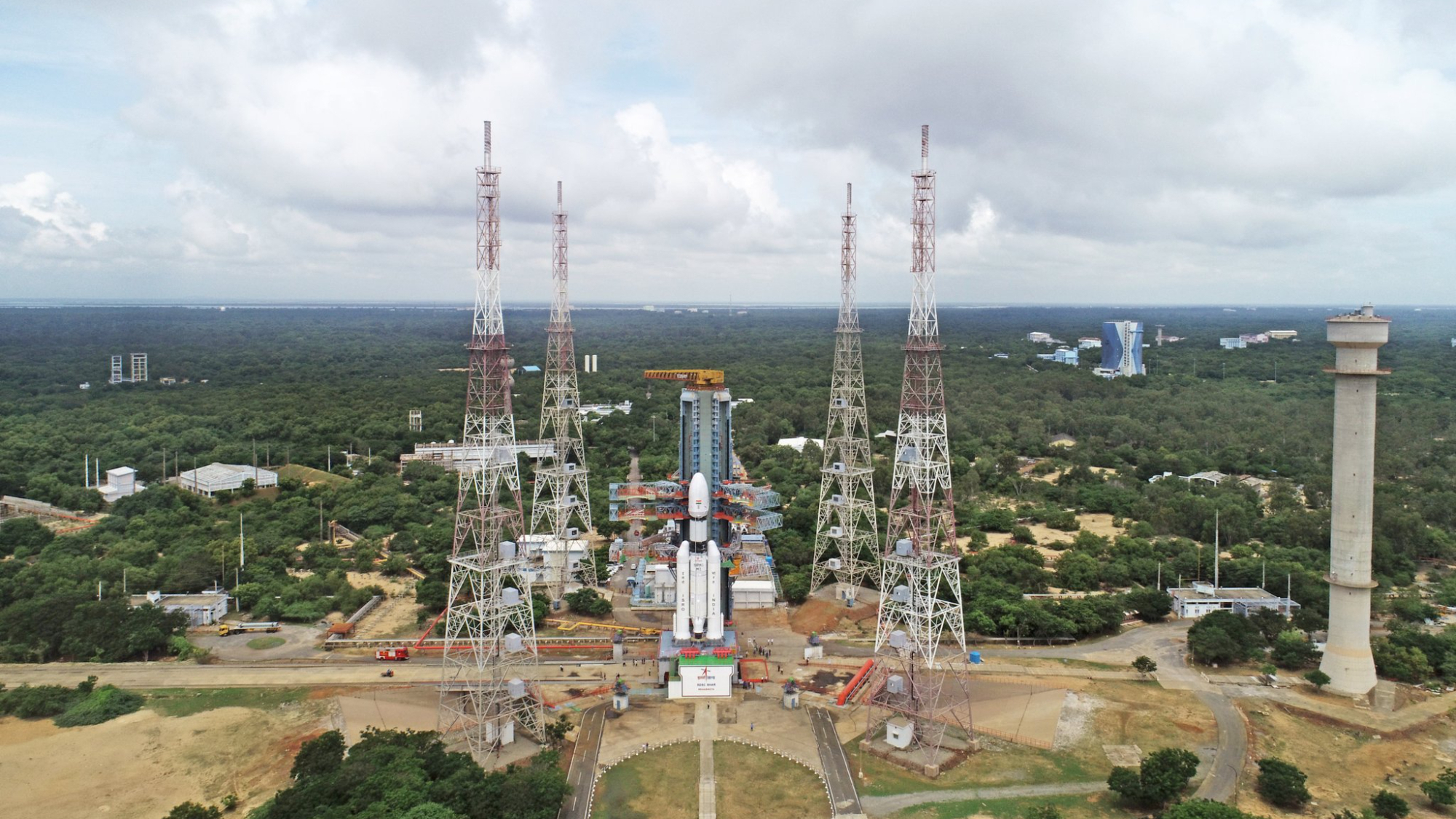Russia May Trim Space Station Cosmonaut Crew Size to Two, NASA Says

Russia is considering reducing its human presence on the International Space Station from three regular crewmembers down to two, NASA officials confirmed Monday (Aug. 15).
"They're exploring the option of going down to two crew on the Russian segment. They've made that known to the partnership," Kenny Todd, NASA's space station operations integration manager, said during a media briefing Monday.
The proposed crew reduction might be a cost-saving measure for the Russian space agency, known as Roscosmos, according to Russian news reports.
Russia and the U.S. have both committed to maintain their current level of support for the station through 2024, and "there is no doubt that they're keeping that in mind as they work through whatever challenges they have within their system," Todd said.
The space station has been continuously occupied by humans since 2000, and typically hosts a crew of six: three Russian cosmonauts, two American astronauts and one astronaut from another primary station partner — Canada, Japan or one of the 11 countries that belong to the European Space Agency (ESA).
The number of people aboard the station can fluctuate during crew change-overs. The largest population ever on the orbiting lab at one time was 13, which occurred during visiting NASA shuttle missions.
During Monday's media briefing (which was held to discuss a NASA spacewalk scheduled for Friday, Aug. 19), Todd said of the Russian crew reduction, "At this point it's strictly a proposal they put on the table, and we'll look at it."
Breaking space news, the latest updates on rocket launches, skywatching events and more!
"As we do with all these kinds of things, we'll trade it against whatever risk it might put into the program," he said. "First and foremost, the risk to our crew on board and the station itself. And then from there we start looking at the options and see what we can do as a partnership to try to either accommodate it, or help them realize why that's a bad thing."
Follow Calla Cofield @callacofield. Follow us @Spacedotcom, Facebook and Google+. Original article on Space.com.
Join our Space Forums to keep talking space on the latest missions, night sky and more! And if you have a news tip, correction or comment, let us know at: community@space.com.

Calla Cofield joined Space.com's crew in October 2014. She enjoys writing about black holes, exploding stars, ripples in space-time, science in comic books, and all the mysteries of the cosmos. Prior to joining Space.com Calla worked as a freelance writer, with her work appearing in APS News, Symmetry magazine, Scientific American, Nature News, Physics World, and others. From 2010 to 2014 she was a producer for The Physics Central Podcast. Previously, Calla worked at the American Museum of Natural History in New York City (hands down the best office building ever) and SLAC National Accelerator Laboratory in California. Calla studied physics at the University of Massachusetts, Amherst and is originally from Sandy, Utah. In 2018, Calla left Space.com to join NASA's Jet Propulsion Laboratory media team where she oversees astronomy, physics, exoplanets and the Cold Atom Lab mission. She has been underground at three of the largest particle accelerators in the world and would really like to know what the heck dark matter is. Contact Calla via: E-Mail – Twitter

